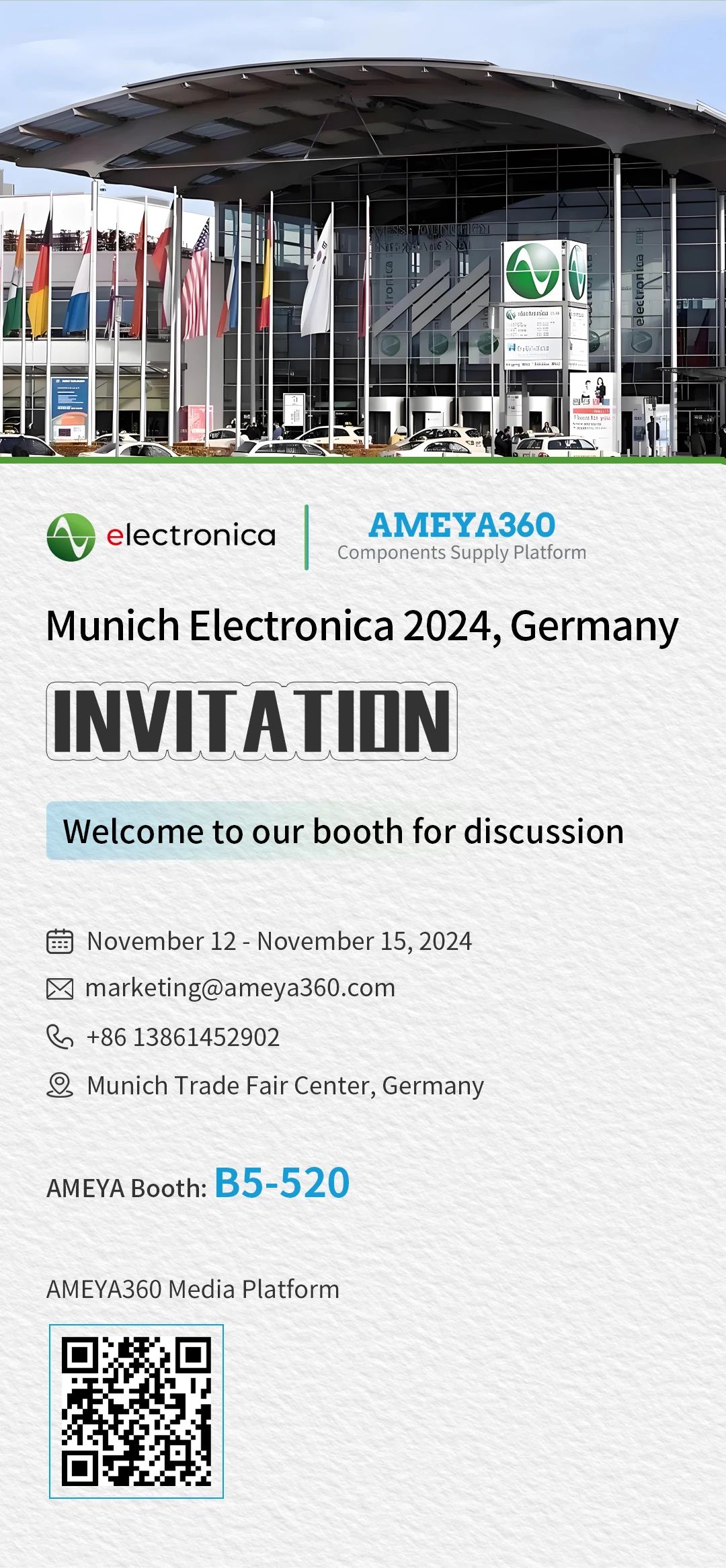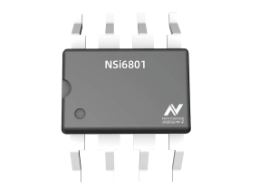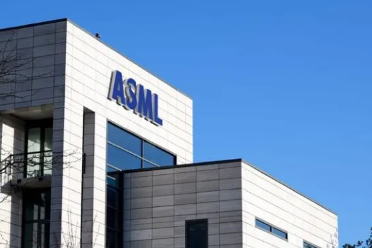Ameya360:Tackling RF Design Challenges in 5G Rollout
As 5G technology continues to roll out and offer improved network capacity, design challenges and other hurdles are emerging in the analog front-end space. One significant challenge is a densely-packed radio with multiple transmitters and receivers. Other issues to troubleshoot include operating over wider bandwidths and over several different frequencies. Improved digital twins and RF models also play important roles.
While the challenges may evoke memories of the 4G commercial rollout in 2009, this latest generation poses even more issues to overcome.
“The initial rollout of 5G looks and feels very similar to the current 4G LTE design space, with typical challenges of multiple frequency bands and lots of tough filtering and power requirements,” said Joe Civello, director of RFMW product management and PathWave software solutions at Keysight Technologies. “While this is challenging by itself, it is just the tip of the iceberg for what is coming in 5G. As the higher frequency bands roll out, along with small cell deployments in dense areas, the challenges will increase dramatically. Analog front ends need to operate over wider bandwidths and at several different frequencies, sometimes simultaneously in the case of non-contiguous channel bonding.”
The improvements and the challenges often come in the same package.
“Beamforming [in which a wireless signal is directed to a specific receiving device] is at the core of network capacity improvements offered in 5G, but it presents radio designers with significant challenges,” Peadar Forbes, director of radio platform development at Analog Devices, said. “First, you have a densely packed radio with multiple transmitters and receivers, up to 64 in the case of sub-6 GHz or up to 256 in the case of mmWave radios. The dense packing of transceivers, power amplifiers, LNAs and filters causes significant thermal RF isolation and coupling challenges for radio designers. Secondly, there are a lot of digital circuitries operating at awkward frequencies with the potential to interfere with the radio.”
Along with beamforming, other new 5G technologies including multiple input, multiple output (MIMO) and antenna arrays, will reshape and improve the analog front-end and bring more challenges, Forbes said. The antenna arrays must be calibrated to fine degrees of accuracy, for example, to enable accurate beams—but that adds complexity, he said.
One big unknown is the impact of artificial intelligence/machine learning optimization of the air interface, Civello explained.
“Researchers in academia and industry are looking at the benefits, which can be realized for channel estimation, beam management and positioning accuracy,” he said. “It’s certainly conceivable that this research will drive not only new signal processing technology, but also impact the RF and antenna architectures in a secondary, but significant, way. Exactly what this means is to be discovered.”
Additionally, increasingly broadband over-the-air systems are more prone to the effects of interference from a packed spectrum, and careful system analysis is needed to mitigate this for all potential scenarios, Civello said.
The designer also must manage internal interference from reference sources and oscillators within the overall system in the context of a broad channel, Civello added. System analysis must also include all the power amplifiers’ load pull characteristics as the array scans, interacting with the array active impedance, he said.
The major burden for managing this risk falls across three tiers of the ecosystem: system-on-a-chip (SoC) design houses, RF system integrators and network infrastructure companies, according to Civello. The requirements will flow down from the network companies to the system providers, and then to the RFIC designers, he said.
Achieving a successful 5G rollout
The best way for companies to succeed with the complexity of 5G and future 6G systems, Civello noted, is to build a robust design flow—not just for their own products, but for their customers’ products, as well.
“The more product data can be shared beyond just datasheets and plots, the better these complex SoCs can be integrated into the end products,” he said. “If the SoC suppliers take a design-for-context approach and design and validate their products in the way their customers will use them, the higher the chances are for successful system integration.”
The parallel transmit and receive paths required for these new technologies will compound the challenges of existing 5G front-end architectures, according to Forbes. While these techniques offer significantly improved data rates, they require multiple front-end chipsets to deliver multiple signals.
In turn, this creates challenges of space and power for handset manufacturers. Base station implementations have less constraints on size and power, but for deployment in dense urban and indoor areas, the size and power constraints will present a similar challenge, he said.
Highly directive phased arrays handling multiple users simultaneously can easily scale up to thousands of elements, each requiring an analog front-end to drive the antenna, Forbes added. Then the challenges shift to the system-level architecture and the need for good modeling for 5G designs.
“Accurate RF modeling is necessary to predict the overall system performance. Without this high-fidelity system model, it’s impossible to analyze all the possible design architecture trade-offs to find the optimal solution for a given application,” he said. “Designing for these applications requires simulation using the real modulated waveforms rather than just CW stimulus. Without these waveforms, performance can’t be predicted until lab testing, which is then often followed by troubleshooting and possibly re-design. One way of addressing this is by creating accurate nonlinear models of analog front-end behavior, which can be used in higher-level system simulation tools to exercise the RF portion with not only real waveforms, but also in actual deployment scenarios.”
Power amplifiers, RF transceivers, and antenna tuning for multiple antennas pose additional front-end design challenges, Civello said.
“Power amplifier design in 5G has some of the traditional challenges related to size, cost, power and performance, but there are even more challenges associated with linearity, efficiency, high bandwidth, high temperatures and increased integration,” he said. “It also brings new challenges with frequencies increasing or latency decreasing.”
Traditional flows around sub-GHz, for example, were using laterally diffused metal oxide semiconductor (LDMOS) or gallium arsenide (GaAs) technologies. To cope with the frequency/power dilemma, the use of gallium nitride (GaN) keeps increasing, Civello said.
Designing GaN is not a minor change of technology, however, and brings new technological challenges, such as stronger memory effects or a more precise thermal management for ICs as well as assembly.
“Just trying to solve the thermal challenges in 5G power amplifier design requires new design techniques and access to integrated electrical and thermal simulations because they are interdependent,” Civello said. “When you look at the sum of these requirements, it adds more and more complexity for the designer and solving these requires much more upfront design and simulations.”
Keysight’s answer to multi-vendor tool challenges
One ongoing challenge that Keysight is working to solve, Civello noted, is multi-vendor tools each optimized for one technology, such as silicon ASICs or GaN MMICs, or board-level design that becomes awkward when trying to accommodate multiple technologies with technology stacks and PDKs from dissimilar domains.
“Where Keysight is making progress is in making it possible to glue difficult domains like RF/mmW onto mainstream flows, and still be able to run 3DEM packaging and nonlinear RF and thermal simulations across a whole ensemble,” he said. “Keysight has taken an open approach to these multi-technology flows, allowing best-in-class tools and processes, adding new domains like millimeter wave and high-power phased arrays, but still working through open standards and APIs that preserve choices.”
These challenges must be addressed immediately, Civello warned.
“The time is now,” he said. “The technologies under consideration are groundbreaking and the technical challenges must be researched, otherwise the commercial risks to the roll out of 5G enhancements and later 6G are unacceptable.”
在线留言询价
- 一周热料
- 紧缺物料秒杀
| 型号 | 品牌 | 询价 |
|---|---|---|
| MC33074DR2G | onsemi | |
| CDZVT2R20B | ROHM Semiconductor | |
| RB751G-40T2R | ROHM Semiconductor | |
| BD71847AMWV-E2 | ROHM Semiconductor | |
| TL431ACLPR | Texas Instruments |
| 型号 | 品牌 | 抢购 |
|---|---|---|
| IPZ40N04S5L4R8ATMA1 | Infineon Technologies | |
| ESR03EZPJ151 | ROHM Semiconductor | |
| TPS63050YFFR | Texas Instruments | |
| BU33JA2MNVX-CTL | ROHM Semiconductor | |
| STM32F429IGT6 | STMicroelectronics | |
| BP3621 | ROHM Semiconductor |
- 周排行榜
- 月排行榜
AMEYA360公众号二维码
识别二维码,即可关注


请输入下方图片中的验证码:



























